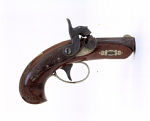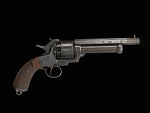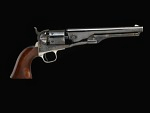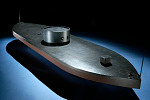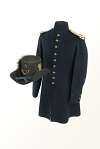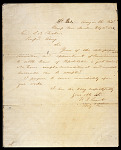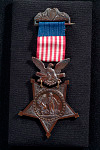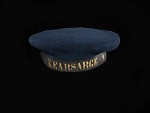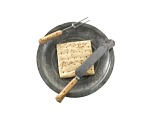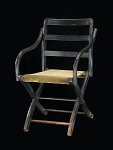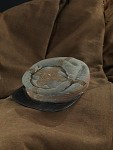Brown, John Sharps, C Sharps
Description
Physical DescriptionThis Sharps carbine, .52 caliber, was confiscated following John Brown’s raid at Harpers Ferry.General HistoryAs a boy of five, John Brown witnessed a slave his own age being beaten with a fire shovel. He vowed to become a foe of slavery. By the mid-1800s, Brown was fulfilling his vow. The Kansas-Nebraska Act of 1854 allowed the two states to decide the issue of slavery by a popular ballot. The fight in Kansas was so intense that the state earned the nickname of “Bleeding Kansas.” As Missouri pro-slavery “Ruffians” flocked to Kansas, New England abolitionists bankrolled “Free-Soilers” to move to the settlement of Lawrence, Kansas. Henry Ward Beecher raised money to purchase Sharps rifles for use by antislavery forces in Kansas. Rifles, said Beecher, are “a greater moral agency than the Bible” in the fight against slavery. The guns were packed in crates labeled "Bibles" so they would not arouse suspicion. Soon the Sharps rifles sent to Kansas were referred to as “Beecher’s Bibles.” In 1856, after abolitionists were attacked in Lawrence, John Brown led a raid on scattered cabins along the Pottawatomie Creek, killing five people. Kansas would not become a state until 1861, after the Confederate states seceded. John Brown had another plan to bring about an end to slavery, a slave uprising. He contracted with Charles Blair, a forge master in Collinsville, Connecticut, to make 950 pikes for a dollar a piece. Brown would issue the pikes to the slaves as they revolted. On October 16, 1859,...
Steel (Overall Material)Wood (Overall Material)
Record Contributed By
National Museum of American HistoryRecord Harvested From
Smithsonian InstitutionKeywords
- Brown, John
- Civil War
- Civil War And Reconstruction
- Firearms
- Harpers Ferry Raid
- Military
- Sharps, C
- Think Finity







